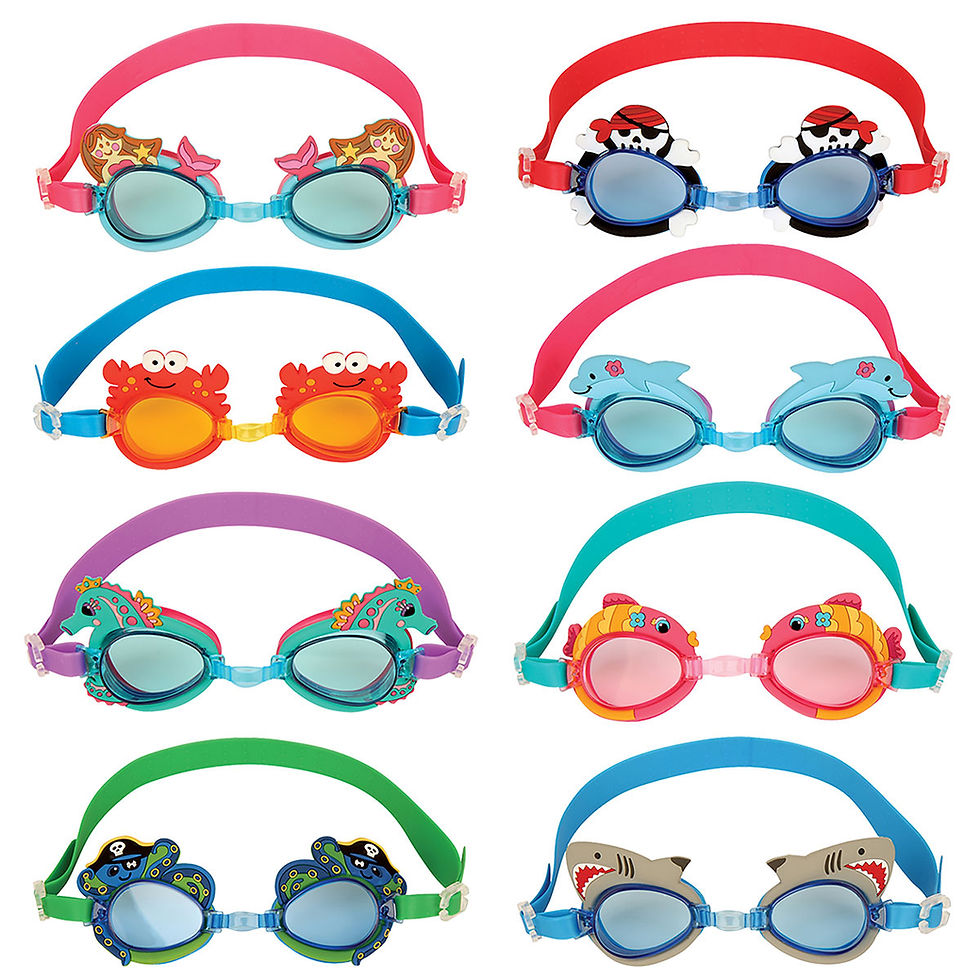What Goggles should I get?
- Jollyswim

- Oct 22, 2018
- 2 min read
Updated: Nov 5, 2018
You’ve probably experienced hopping into the pool for a workout, only to have your goggles fill up with water. Or, maybe you’ve suffered through a whole workout with painful goggles feeling like there’s an octopus tentacle suctioned to your eyes. If you walk away from the pool with bloodshot eyes or goggle rings around your sockets, it’s time to do something about it! This guide is full of helpful advice for you to consider while picking out a new pair of goggles. Types of Goggles The first thing you should do is think about what type of swimming you’re doing. All goggles have different purposes.
Competition Goggles:
Competition goggles are generally low profile, technical, and fit close to the eye socket. The close proximity to the socket reduces drag, making you more hydrodynamic. They’re meant for racing and can be uncomfortable if used every day, although many swimmers do practice in them.
Practice Goggles:
Meant for everyday use, practice goggles are less technical than competition goggles. Even so, the goggles are well-made and high quality. Since they’re meant to be worn more frequently and for longer durations than competition goggles, they’re generally more comfortable. They usually have more gasket rubber. This softens the pressure against your eyes while creating a good seal.
Recreational Goggles:
Although cheaper and fairly comfortable, recreational goggles are not great for long swimming excursions. The anti-fog film on the inside of the lenses— if they have any — tends to wear off quickly. Swimming with foggy goggles can be irritating, not to mention dangerous! Low visibility can lead to colliding with other swimmers, bumping your head on the wall, or banging into the lane rope. Still, these goggles are fine for those looking to save money and aren’t expecting to swim for long durations.





Comments